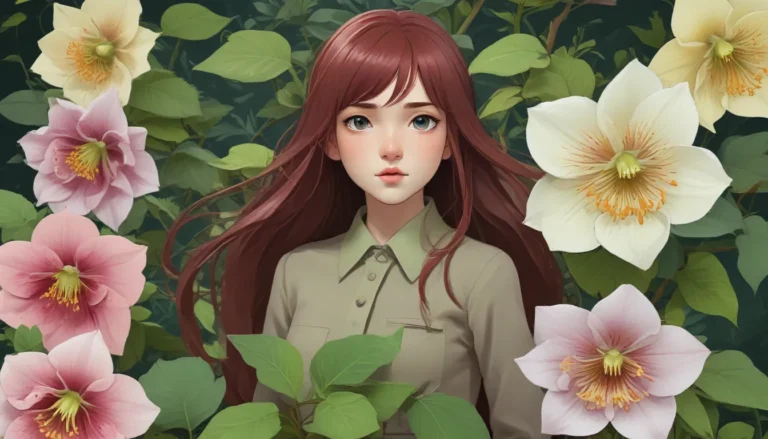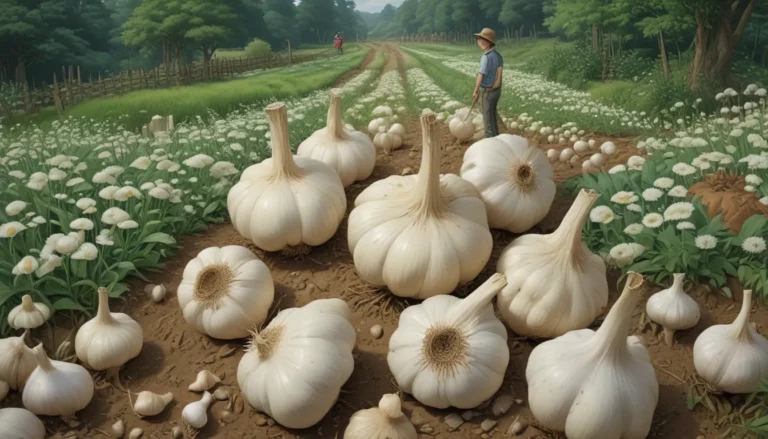A Comprehensive Guide to Growing and Caring for Forget-Me-Not Flowers

Myosotis sylvatica: The True-Blue Beauties of Your Garden
When seeking the perfect touch of bright blue to your garden, forget-me-nots are a fantastic choice. These delicate flowers not only add a pop of color to your garden but also come with rich history and symbolism. Are you excited to plant some of your very own? Before you get started, let’s dive into everything you need to know about growing and caring for forget-me-not flowers.
What You’ll Discover in This Guide
- Cultivation and History
- Propagation
- How to Grow
- Growing Tips
- Pruning and Maintenance
- Cultivars to Select
- Managing Pests and Disease
- Best Uses
- Quick Reference Growing Guide
Cultivation and History of Forget-Me-Not Flowers
The genus name Myosotis translates to “mouse ear,” thanks to the rounded shape of the plants’ fuzzy leaves. With about 100 species in the genus, most are commonly known as forget-me-not or scorpion grass.
These lovely flowers can be found in temperate regions, with most species native to western Eurasia and New Zealand. There are only ten species found growing wild in other regions, such as North America, South America, Africa, New Guinea, and Australia.
One of the most widely cultivated varieties is Myosotis sylvatica, also called woodland forget-me-not, native to Europe and parts of South Asia. It grows in woodlands, forests, and rocky areas. This species is the main focus of our guide, known for its easy-to-grow nature. However, other species with similar requirements are also available.
Species Overview
- Myosotis sylvatica (woodland forget-me-not)
- Myosotis scorpioides (true or water forget-me-not)
- Myosotis asiatica (alpine forget-me-not)
The legend behind forget-me-not flowers adds to their sentimental value, with stories of knights and remembrance associated with these blooms. Their significance over the years has made them symbols of emotions like remembrance and love around the world.
Propagation Tips for Forget-Me-Not Flowers
Forget-me-nots are relatively easy to propagate, either through seeds or division.
From Seed
- Collect seeds or purchase them at a local nursery or online.
- Direct sow in midsummer or start seeds indoors.
- Provide proper care and transplant in the spring or fall for beautiful blooms.
By Division
- Divide plants every three to five years for healthy growth.
- Replant divisions as needed.
Transplant potted plants from nurseries in the spring or fall, choosing well-draining spots with proper soil moisture.
How to Grow Forget-Me-Not Flowers
Forget-me-not plants thrive in Zones 3-8 and require minimal care. Plant in full sun or partial shade, ensuring well-draining soil with adequate moisture. Fertilize monthly and deadhead as needed.
Tips for Successful Growth:
- Plant in full sun but provide partial shade in hot regions.
- Maintain soil moisture and fertilize regularly.
- Deadhead to prevent self-seeding effectively.
Pruning and Maintenance
While forget-me-nots require minimal pruning, regular deadheading is essential to prevent self-seeding. Divide older perennial plants every three to five years to maintain their health and vigor.
Cultivars to Consider
Forget-me-not flowers are usually known for their bright blue blooms, but pink and white cultivars are also available. Some popular selections include:
- Rose Forget-Me-Not
- Bluesylva
- Snowsylva
- Victoria Blue
- Victoria Pink
Whether you prefer classic blue or unique shades, there’s a cultivar for every garden preference.
Managing Pests and Disease
Forget-me-not flowers are relatively pest-resistant but susceptible to certain diseases. Keep an eye out for common issues like aphids, crown rot, powdery mildew, and rust, and take necessary precautions for prevention and treatment.
Best Uses for Forget-Me-Not Flowers
Envision a border of vibrant blue forget-me-nots surrounding your garden beds or underplanting other blooming varieties. These flowers look stunning in slopes, banks, containers, and garden beds, attracting bees, butterflies, and humans alike with their charming blooms.
Quick Reference Growing Guide
- Plant Type: Herbaceous flowering biennial
- Flower/Foliage Color: Blue, pink, white/green
- Native to: Eurasia
- Water Needs: Medium
- Hardiness (USDA Zone): 3-8
- Maintenance: Low
- Exposure: Full sun to part shade
- Height: 6-12 inches
- Spread: 6-9 inches
- Soil Type: Sandy, loamy, clay
- Soil pH: 6.0-8.0
- Uses: Beds, borders, containers
Unforgettable Beauty in Your Garden
Forget-me-not flowers are timeless beauties that have charmed gardeners for generations. Easy to grow, propagate, and maintain, these delicate blooms are the perfect addition to any garden, symbolizing love, remembrance, and beauty.
Do you have a special connection to forget-me-nots in your garden? Share your experiences and stories with us in the comments below!
Expand your garden with other captivating plants from the Boraginaceae family, such as borage, known for attracting pollinators. For more floral inspiration, explore our guides on growing hellebores, heliotropes, and baby’s breath.
Remember, gardening is not just a hobby; it’s a delightful journey of growth and beauty in every bloom.





